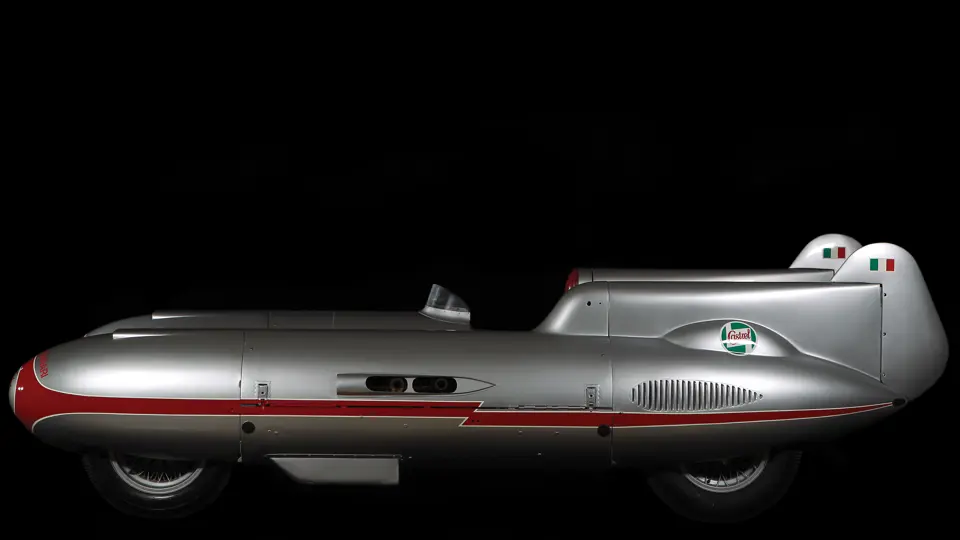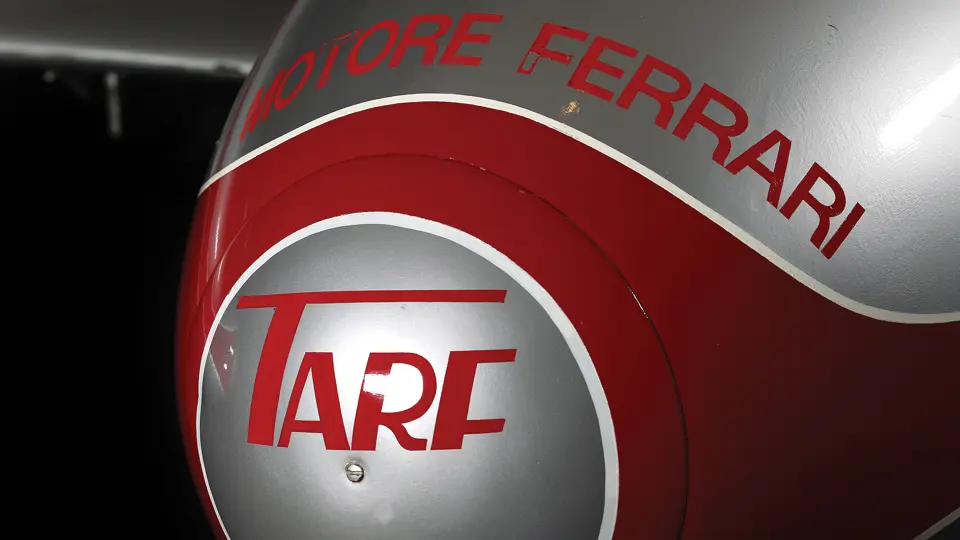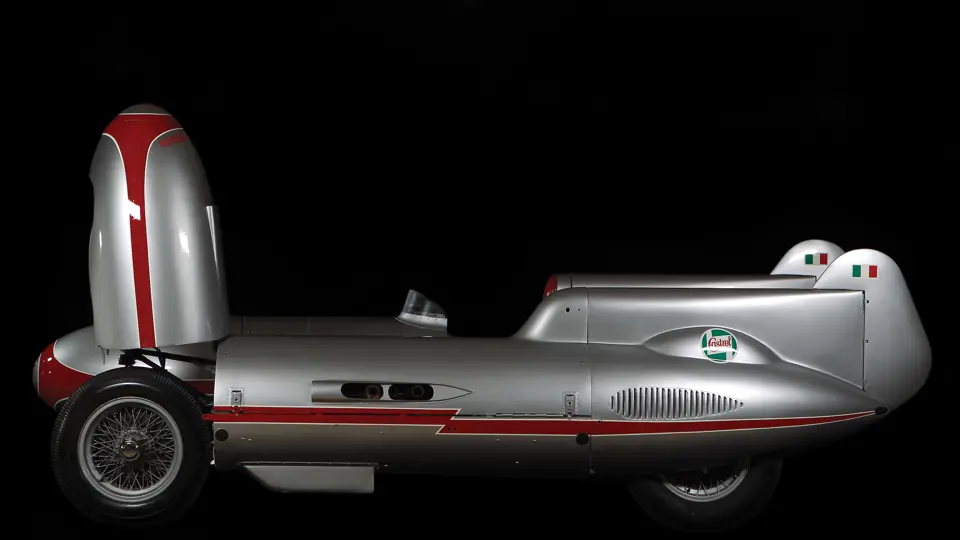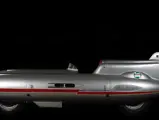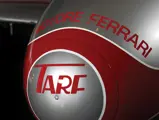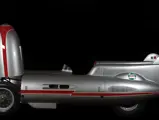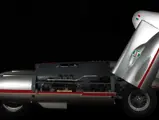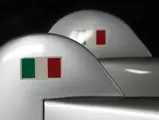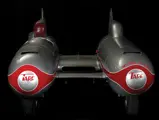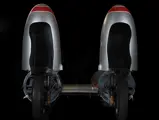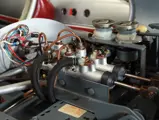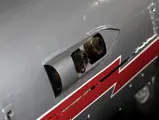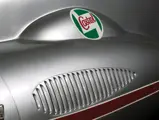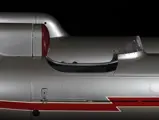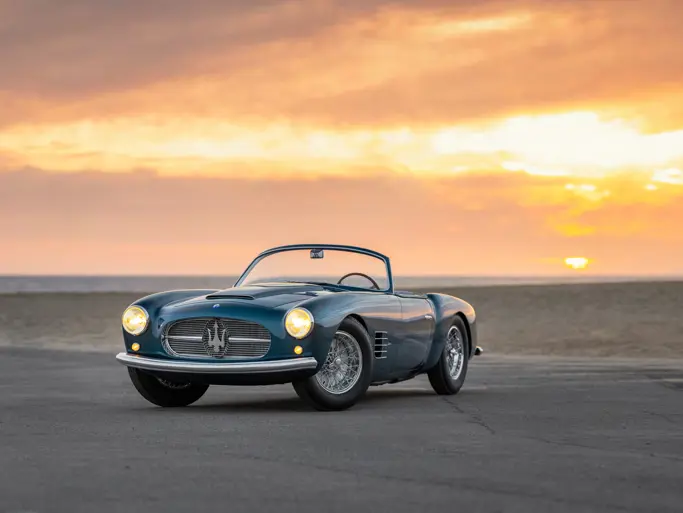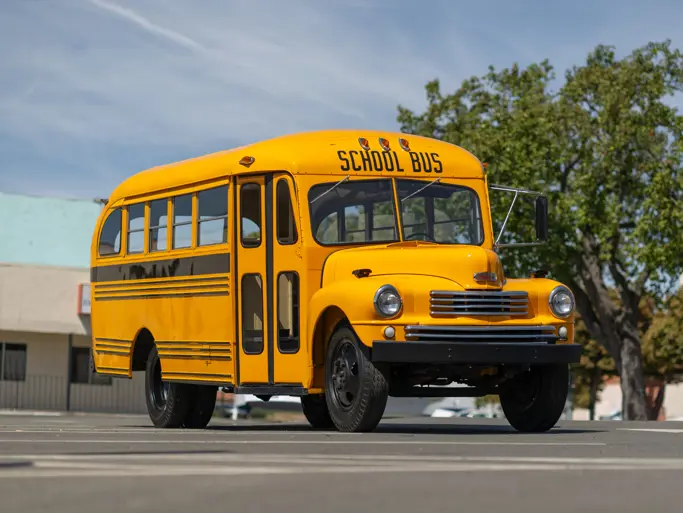Please note that this vehicle is eligible for import into the UK at a reduced rate of 5% VAT.
195 bhp, 2,418 cc Ferrari 246 Dino DOHC V-6 engine with three twin-choke carburettors, Rover gearbox, independent front suspension, and chain-driven live rear axle.
• Designed by Piero Taruffi and piloted by him to seven official speed records from 1951-52
• Radical twin-boom “bisiluro” design and advanced engineering features
• Displayed for many years in Italian and Australian museums
• Ferrari 246 Dino V-6/Rover gearbox for ease of operation; maintained in running order
Piero Taruffi is rightly considered one of the greatest drivers and most innovative engineers of his era. Beginning with motorcycles, his stellar career included “Works” drives for Alfa Romeo, Bugatti, Cisitalia, Ferrari, Maserati and Mercedes-Benz, with victories including the 1951 Carrera Panamericana and the final Mille Miglia. His achievements, including several dozen speed records, have filled volumes of books.
Alternately known as “Italcorsa” and “Tarf II”, this amazing vehicle was designed by Taruffi and followed “Tarf I”, which set six 500 cc and two 1,500 cc speed records. Its radical “bisiluro”, or twin-boom, design was built in 1951 for the 2,000 cc class. Power was by a 1,720 cc Maserati four-cylinder engine with two-stage supercharging developing 290 bhp. A chain drove the rear axle, and steering was via simple control sticks. Adjustable rudders compensated for prevailing winds.
On 20 March 1951, Taruffi drove “Tarf II” to a pair of speed records for the “flying mile” and the “flying kilometre” at 298.507 kph (185.49 mph) and 290.552 km/h (180.55 mph), respectively. On 15 January 1952, Taruffi broke the 50-mile record at 231.744 km/h (144.00 mph). On 3 April 1952, four more records were achieved: 50 km at 226.700 km/h (140.87 mph), 100 km at 224.747 km/h (139.66 mph), 200 km at 219.833 km/h (136.60 mph) and a one-hour record at 217.414 km/h (135.10) mph.
After 1952, “Tarf II” remained within the collection of Dott. Ing. Taruffi, followed by a museum display at Monza. It later made its way to Australia, and then, in 1986, it was acquired without engine by Mr T. Valmorbida of Victoria, for display at the York Motor Museum. It was restored for the Museum by Mike Rodsted, who also fitted the present Ferrari 246 Dino V-6 engine. Demonstration runs followed in March 1987 at the Vintage Sports Car Club’s Speed Classic Event in Fremantle. Between 2002 and 2008, “Tarf II” was displayed at the Fremantle Motor Museum. The car was recommissioned for racing, in anticipation of the 2007 Lake Gardiner Speed Week, and whilst the event was rained out, “Tarf II” has been maintained in running order ever since. Striking and impressively documented in Tarf II: World Land Speed Record Breaker by Graham Cocks, Tarf II is a fascinating and important part of engineering and motorsports history.




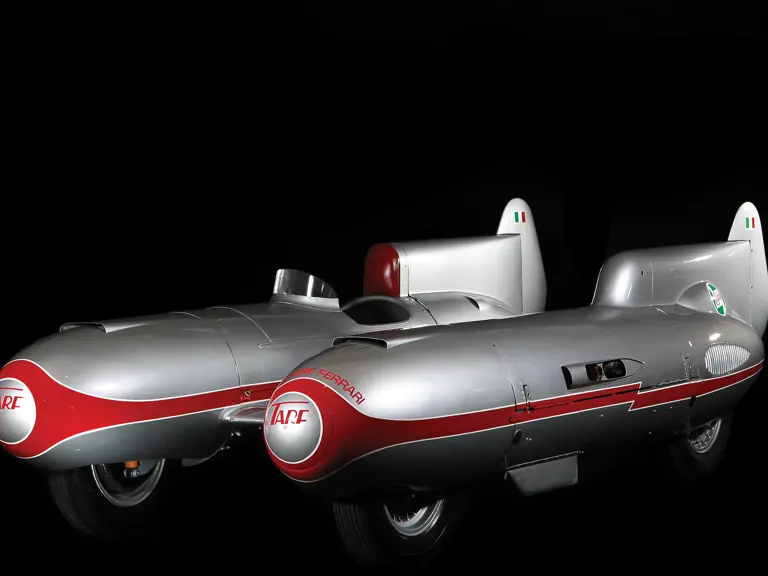
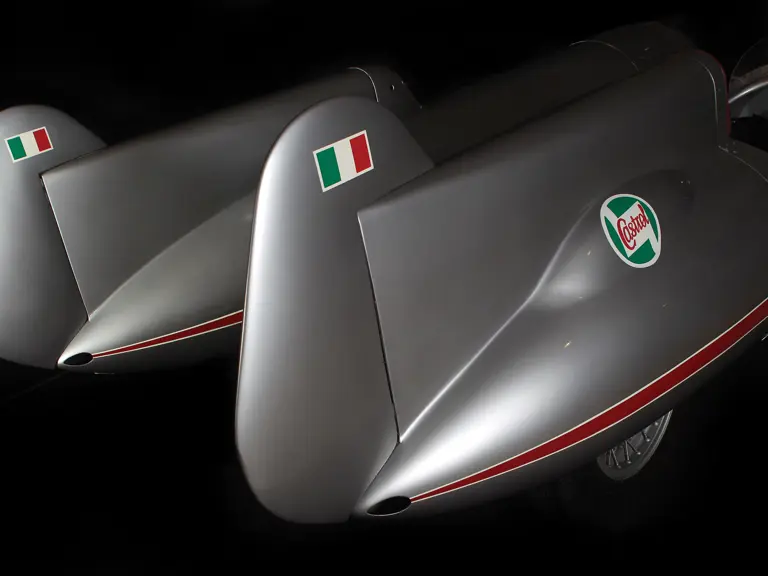
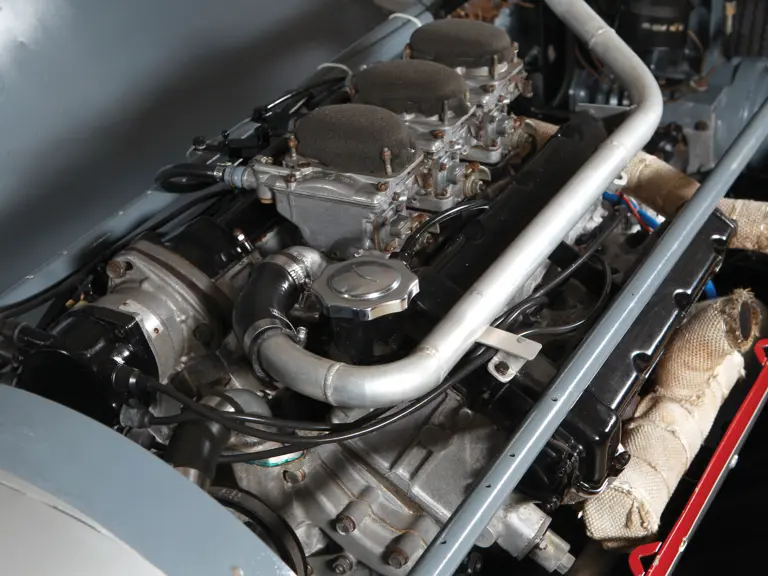
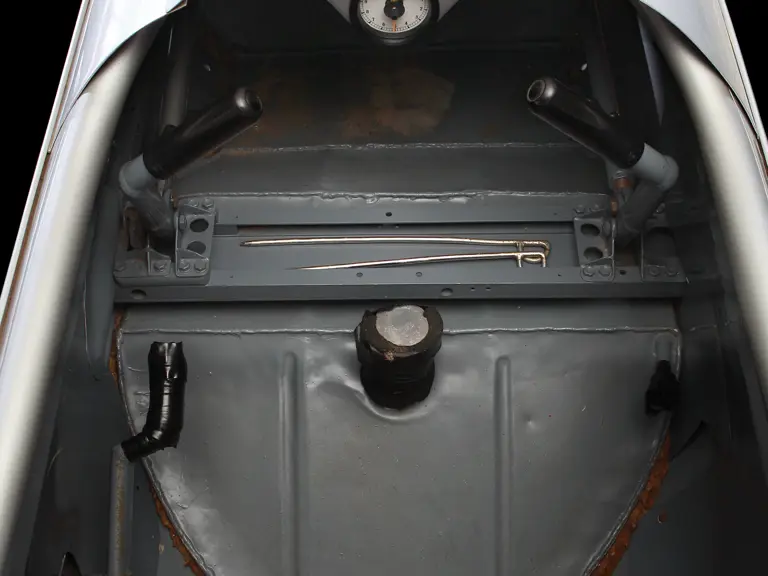
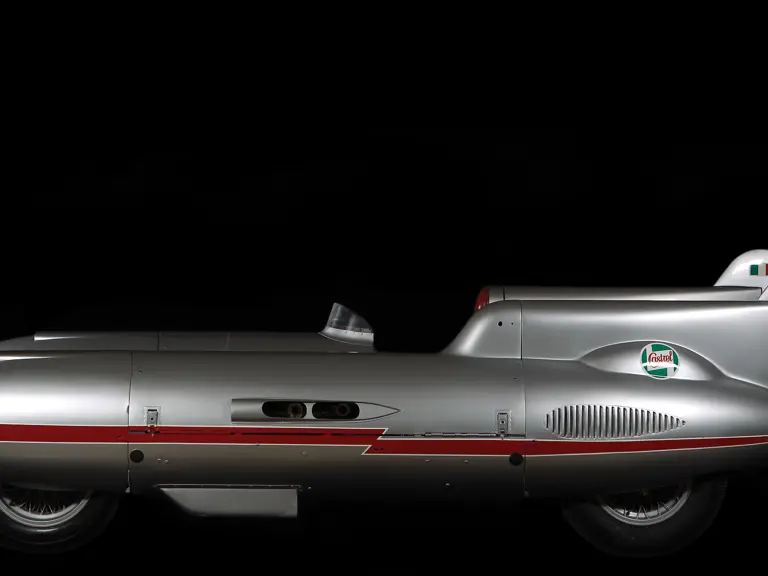
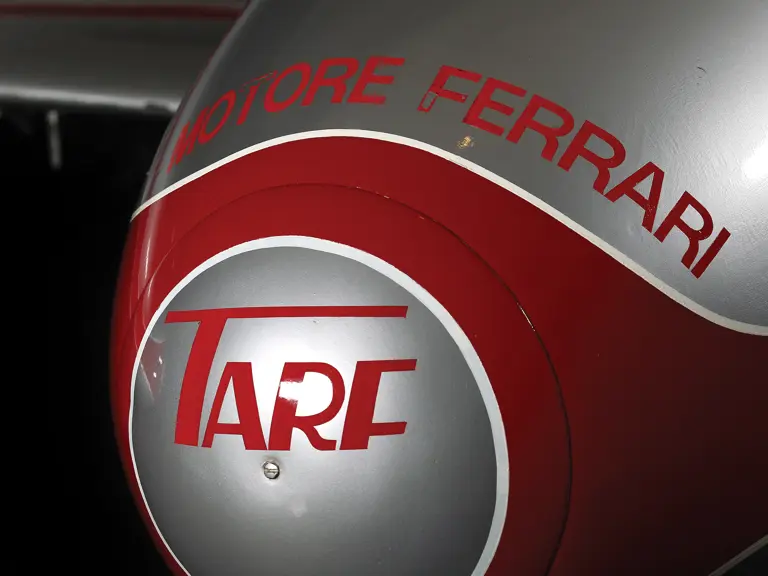
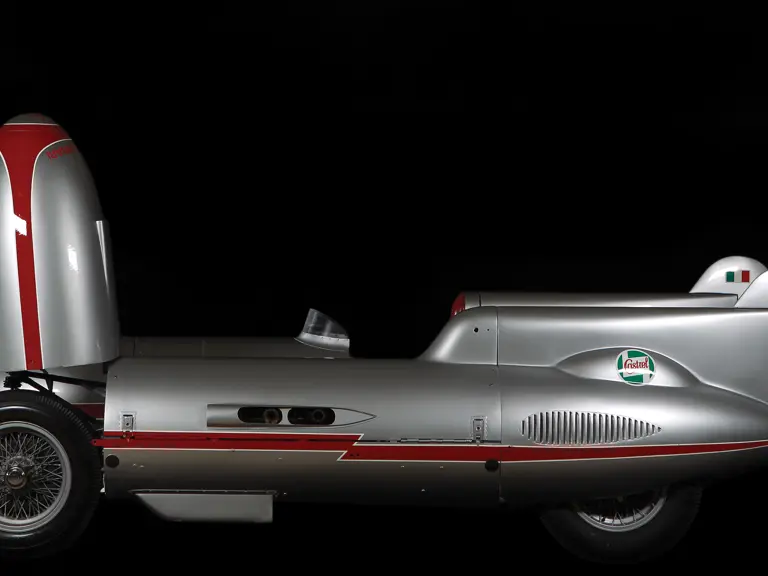
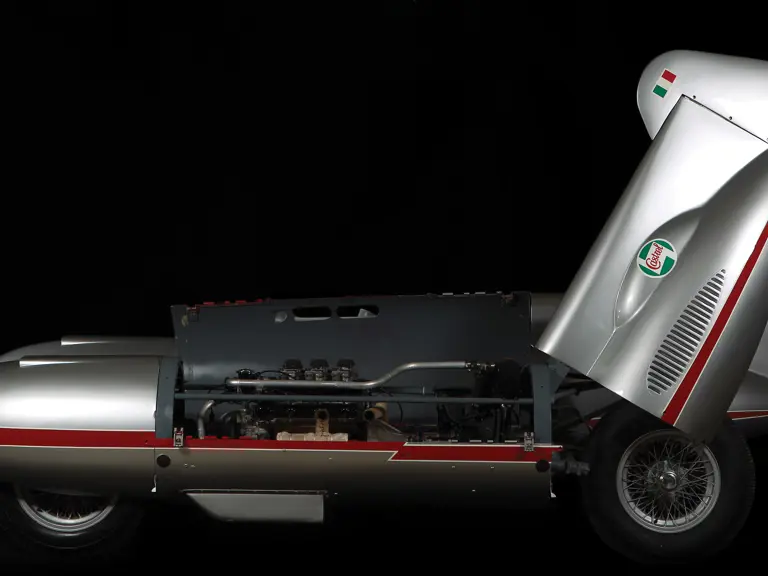
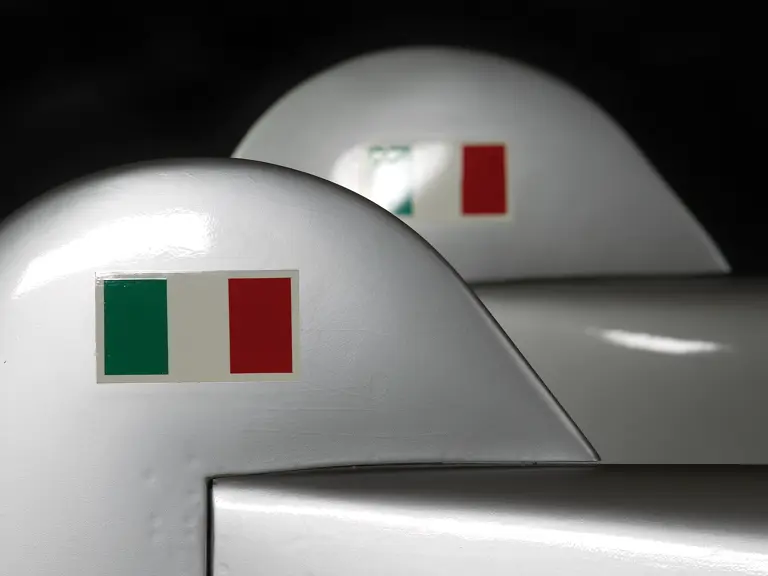
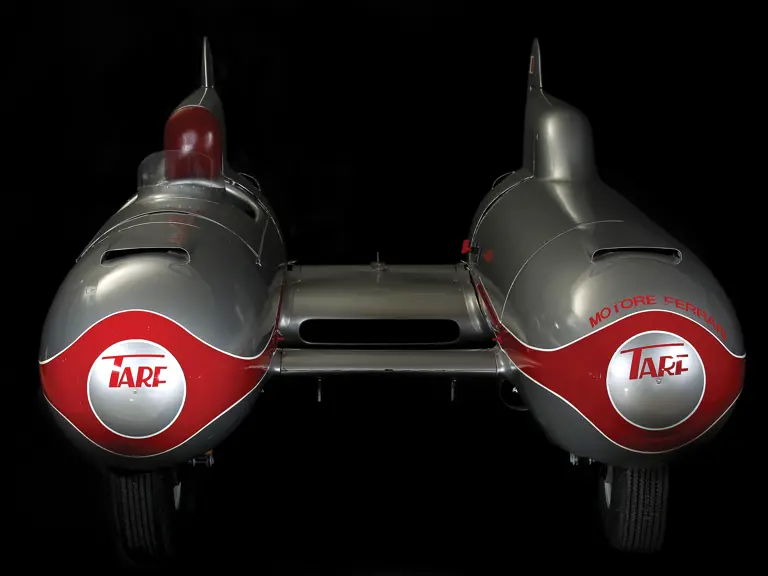
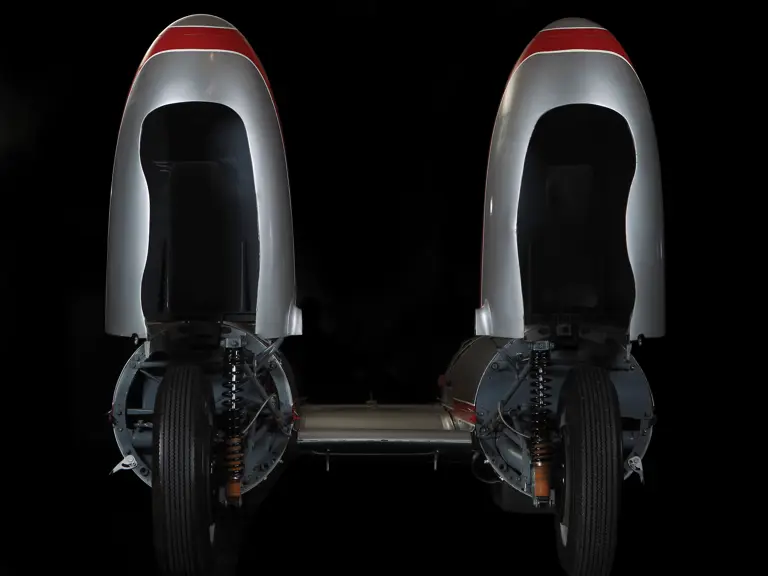
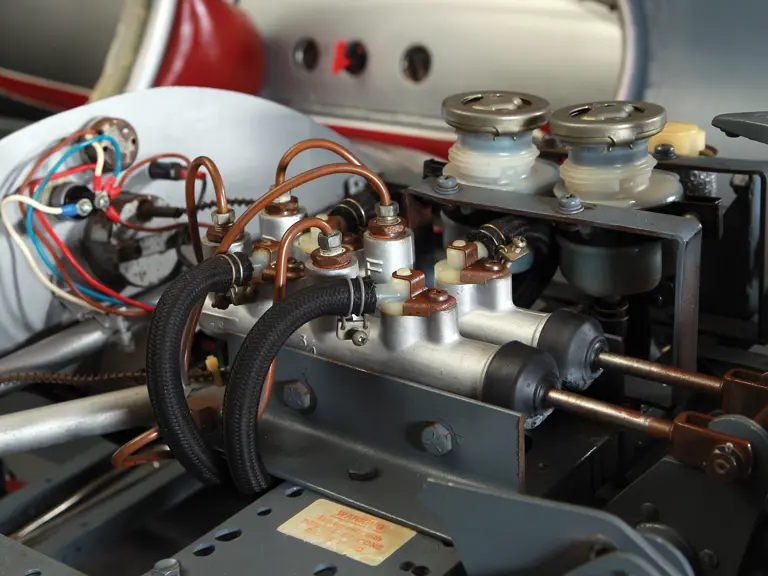

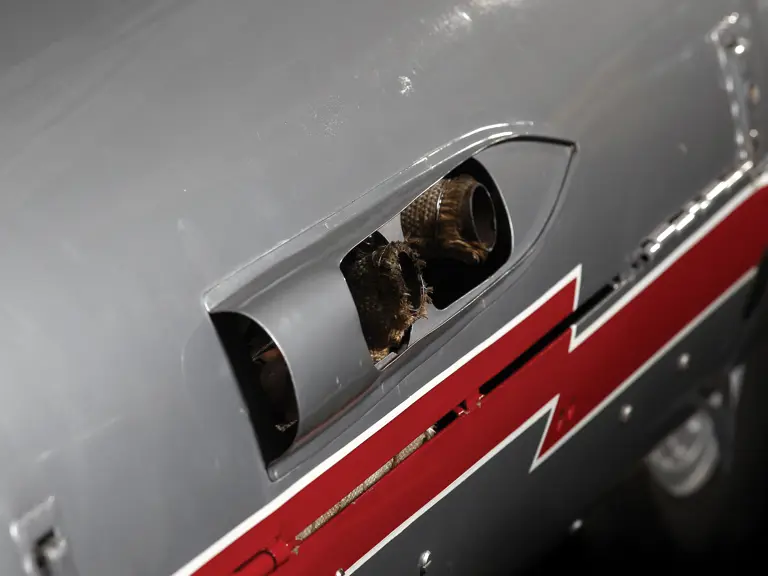
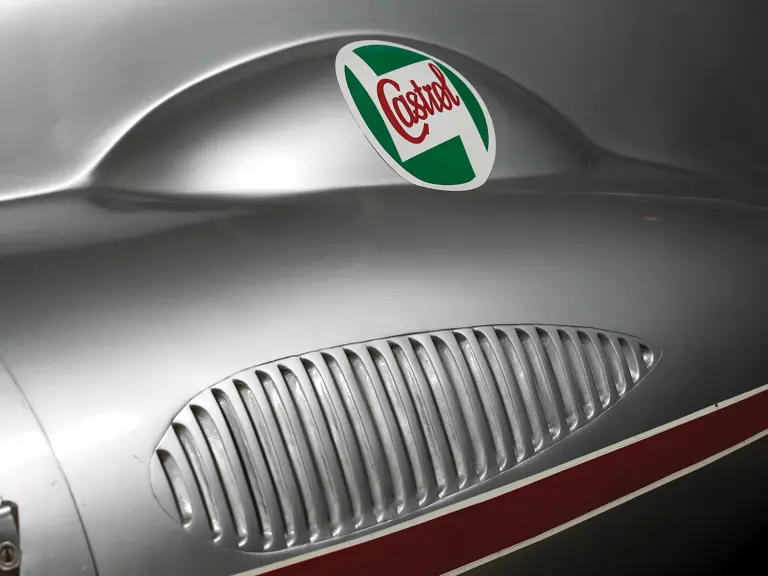
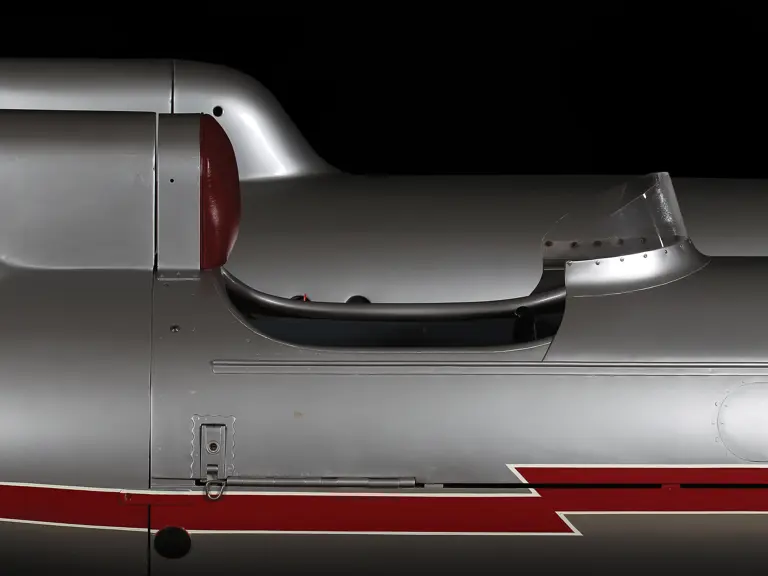
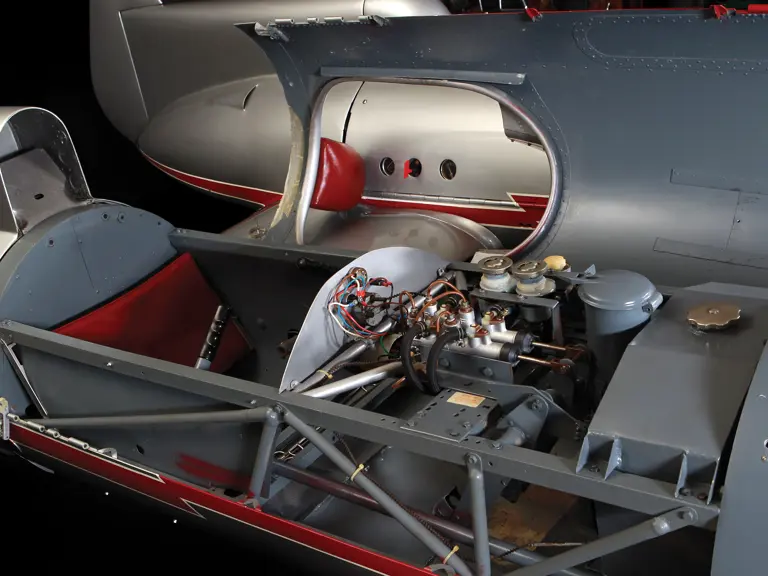
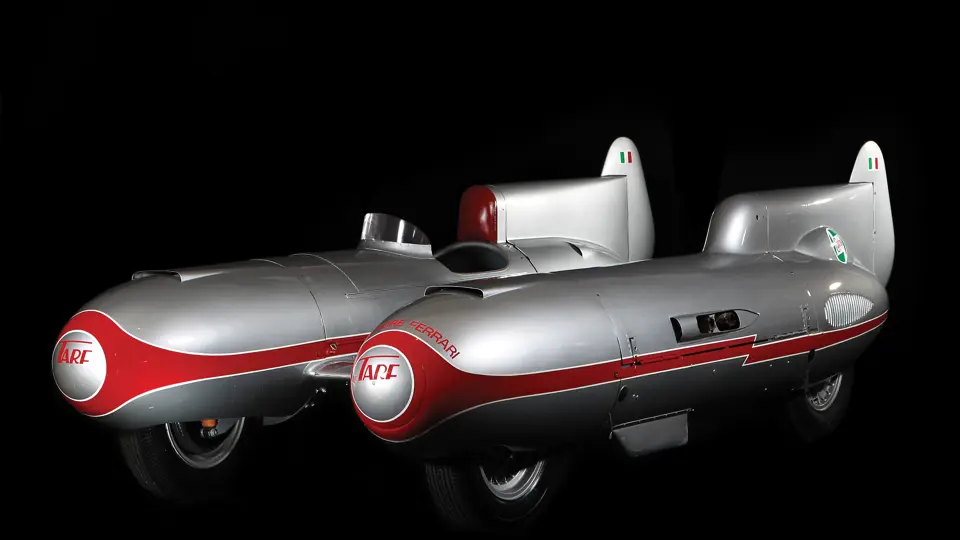
 | Monaco, Monaco
| Monaco, Monaco
